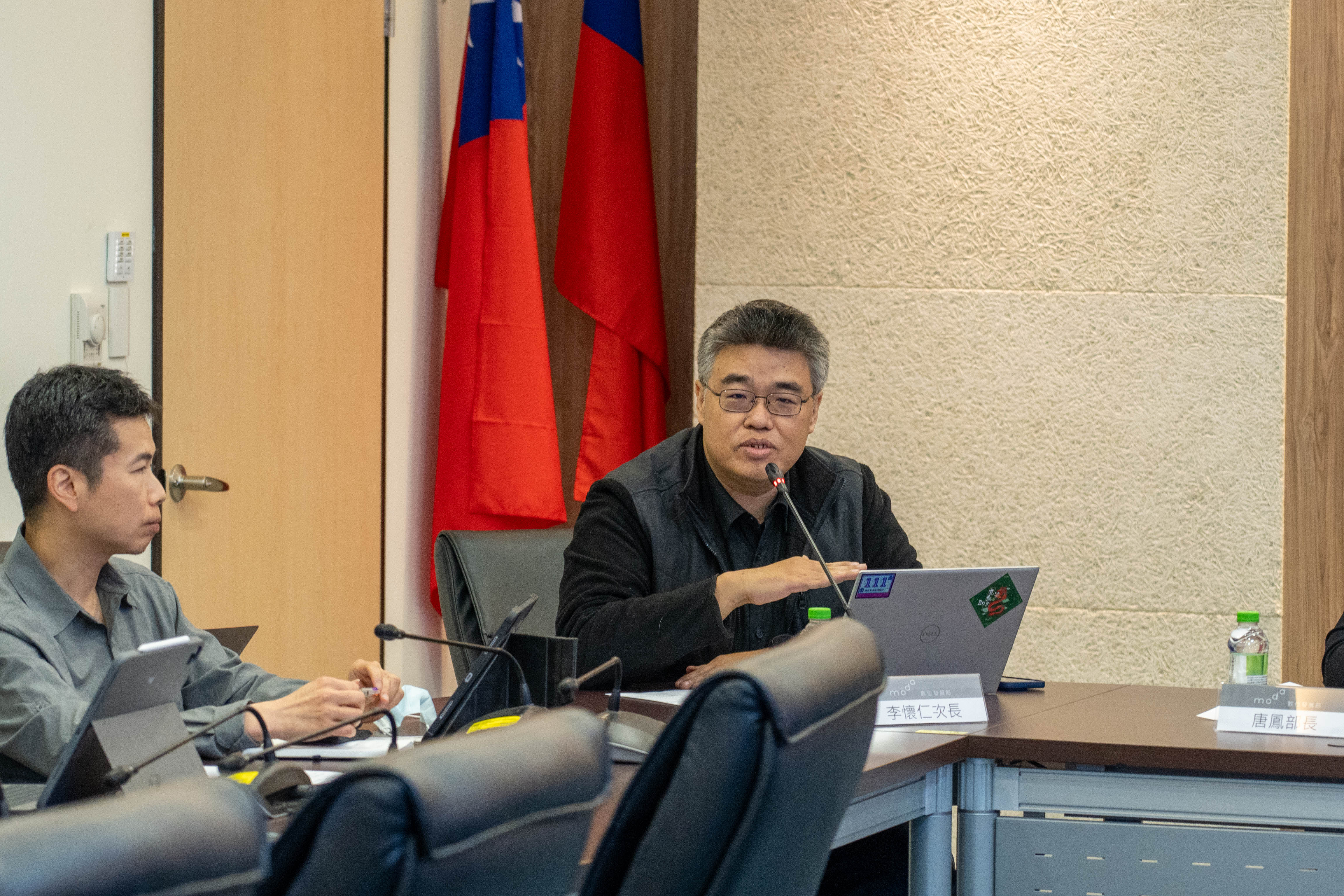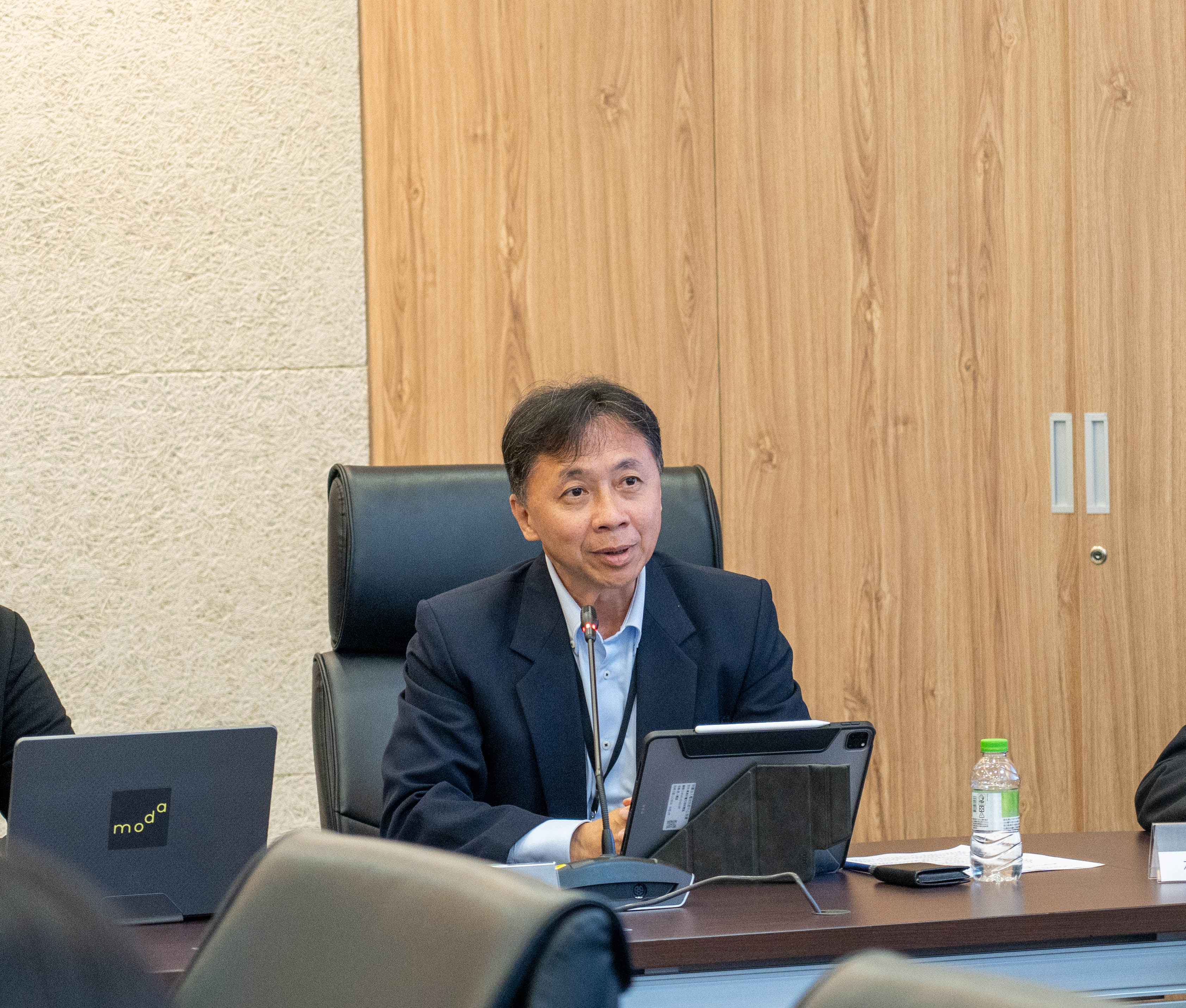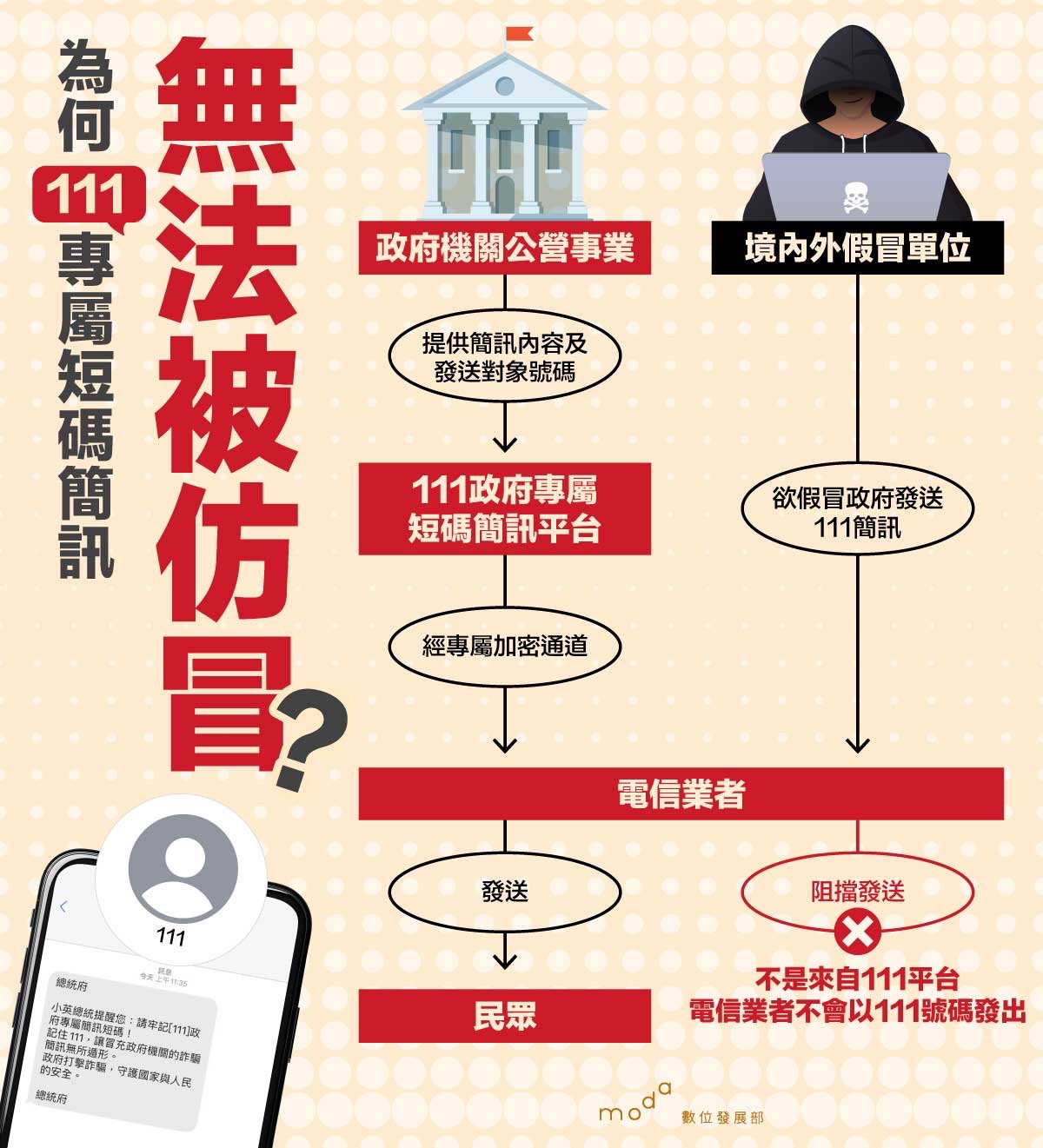The Ministry of Digital Affairs has proposed three principal strategies to enhance Taiwan's communication networks' resilience and ensure the entire population's communication rights in emergencies.
The Ministry of Digital Affairs (moda) has formulated and continues to promote three principal strategies to enhance the overall resilience of Taiwan's communication networks, Which includes "Building Comprehensive Communication Networks for Land, Sea, and Air Emergencies," "Strengthening Communication Network Protection," and "Popularizing the Construction of Broadband Communication Networks," to ensure that Taiwan's communication networks remain accessible and secure during emergencies.
The moda points out that the first Strategy, "Building Comprehensive Communication Networks for Land, Sea, and Air Emergencies," is designed to address the possibility of existing commercial communication networks broken during emergencies. This Strategy involves the development of a "diverse and heterogeneous" emergency communication network that encompasses multiple communication solutions across the three-dimensional space of the ocean, land, and sky. It ensures that in the scenario of a significant disaster in Taiwan, even if some communication networks cannot provide services, other communication solutions will be available to meet the basic communication needs of the general public, disaster relief systems, and government command systems.
For example, during peacetime readiness, strengthening the resilience of submarine cables; implementing disaster roaming mechanisms for public use in the event of regional network interruptions; establishing Public Protection and Disaster Relief (PPDR) communication systems for public safety and emergency response; and deploying asynchronous satellite emergency communication networks for use by emergency command systems during regional or large-scale network disruptions.
Regarding the second Strategy, "Enhancing Network Transmission Protection," the moda emphasizes the need to protect critical infrastructure in network transmission to ensure network resilience. The moda supervises establishing and providing Critical Infrastructure (CI) in the communication and broadcasting sector to develop CI protection plans and information security maintenance schemes. The moda requires them to implement preventive, detection, reporting, response, and recovery measures for natural disasters, terrorist attacks, and cybersecurity breaches.
Additionally, through the National Cybersecurity and Communications Integration Center (NCCSC), the moda monitors the operational status of CI in real time and accepts cybersecurity incident reports from CI providers around the clock. The moda provides appropriate assistance and shares cyber threat intelligence, with 760,336 pieces of cyber threat intelligence sharing in 2023, achieving the goal of public-private cooperation in cybersecurity defense to enhance network transmission protection.
The third Strategy, "Popularizing the Construction of Broadband Communication Networks," aims to accelerate the country's 5G network infrastructure completion through incentive and support mechanisms. This involves creating high-speed and user-friendly communication networks. The strategy encourages telecom companies to invest resources in remote areas to expand broadband networks and improve internet access in rural and outlying areas. By providing digital access opportunities and diverse channels of use, it aims to narrow the digital divide between urban and rural areas.
For example, in accelerating the construction of 5G networks, in 2023, the moda subsidies the set up of an additional 1,477 5G base stations in critical areas with high population density, achieving a national radio population coverage rate of 97.39% by operators. In promoting the construction of high-speed communication networks in rural areas, subsidies were provided in 2023 to add 165 5G base stations, increasing the average coverage rate in remote areas to 76.29%.
The moda will continue collaborating with relevant organizations to enhance and adapt communication networks to the evolution of emerging communication technologies and changes in the external environment. It will continue to research, propose, and promote resilience enhancement solutions for communication networks to ensure the communication rights of the entire population are preserved even in extreme scenarios.



